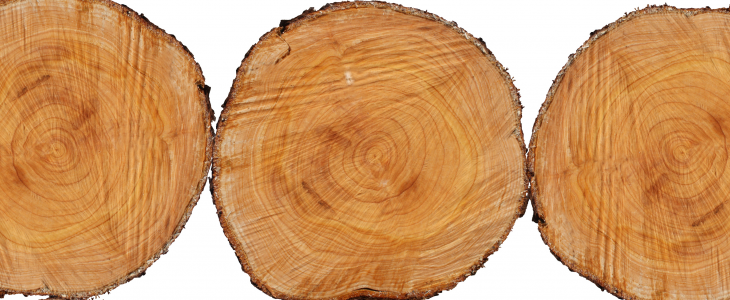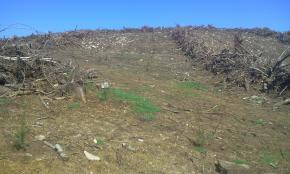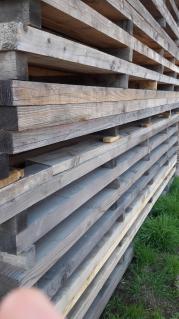A concise forester’s glossary
When a new owner ventures into forest investment, they need to know some of the key terms used by professionals in the sector.
Here are the first 10 words to know, starting with :
- Harvester: a machine used to fell trees mechanically. It is gradually replacing lumber teams and their chainsaws.
- Browsing damage: damage caused by deer eating young shoots from trees, especially buds.
- Tree growth (increment): development of the tree over a given time. Often expressed annually (8 mm per year).

- Affouage/estover (collective privilege of gathering firewood from communal woods): method often used by the national forestry board (ONF), allowing individuals to collect firewood for their personal use within an area defined by the forest technician.
- Silvicultural rotation age: the age at which a tree has reached maturity (variable according to demand for wood). It will thus be felled.
- Agroforestry (agroforestry): Cultivation of trees and cereals at the same time, on the same plot. E.g.: planting walnut trees with wheat grown between rows.
- Natural range : An area in which one or more tree species thrive (due to the environment, i.e. climate and soil) and grow naturally.
- Windrowing : parallel lines of branches cut during forestry work for the purpose of reforestation. Windrowing is a way of preparing the soil.

- Competitive bidding: A competitive procedure involving several professionals to obtain the best price, downwards or upwards. e.g. competitive bidding of three timber buyers

- Square edged sawing: Squared edged timber has four sharp edges (four edges cut square).
In the next issue of Forest Time, the next entries in our glossary, and much more!
